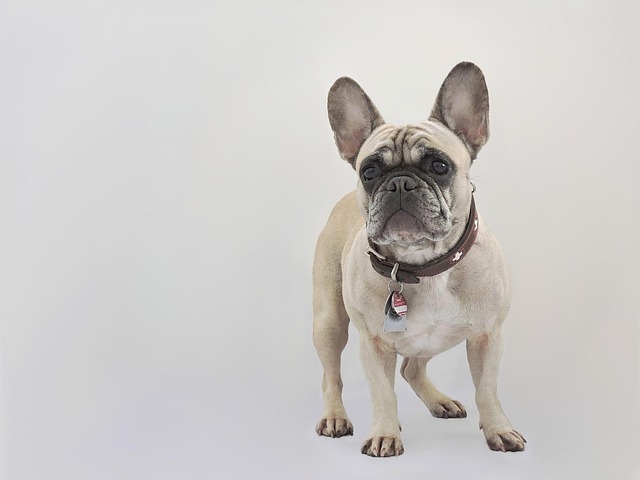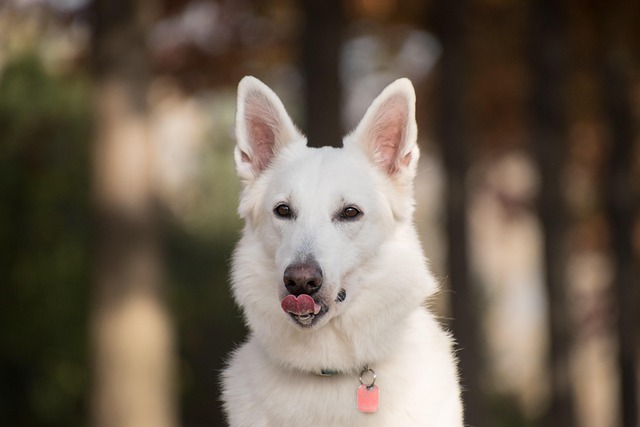
where to pet a dog to make it fall asleep
There's nothing quite like the feeling of your restless terrier finally settling down for a peaceful nap after a long day of zoomies around your apartment.
I’ll start with a vivid, relatable scenario of a new owner panicking over their dog’s intense itching, explain why urgent but calm action matters (to avoid infection), share step-by-step response steps, and weave in compliance and care norms.
I sat on my friend Zoe’s Denver apartment floor last weekend, her 8-month-old Cocker Spaniel, Mochi, scratching her ears so hard she whimpered—then rubbing her face on the carpet until a red rash bloomed. “She won’t stop, and I’m scared she’ll hurt herself. What should I do if my dog is itching a lot?” Zoe asked, reaching for a towel to restrain Mochi (I stopped her gently). If you’re a new U.S. dog owner watching your pup scratch themselves raw, the answer is stay calm, stop the cycle, and find the cause—not rush to unproven fixes. Itching that bad isn’t just annoying; it’s a sign of pain, and your first moves can keep it from turning into an infection.
To understand what to do if your dog is itching a lot, let’s break down why speed and technique matter. Zoe’s vet, Dr. Lopez, explained that a dog’s skin is thinner than human skin—constant scratching tears tiny wounds, which get infected with bacteria or yeast. Unlike occasional scratching (normal for grooming), “a lot” means nonstop: more than 10 times an hour, or scratching that interrupts sleep/play. Mochi’s itching came from two triggers: seasonal allergies to Denver’s ragweed and a few ticks she picked up at the park. The ticks bit first, weakening her skin barrier, and the ragweed pollen made the irritation explode. Scolding a dog for scratching (like Zoe almost did when Mochi tore her bed) violates U.S. animal welfare standards; she wasn’t being bad—she couldn’t help it, and our job is to soothe, not scold.

Here’s exactly what to do if your dog is itching a lot, using Zoe’s vet-approved steps with Mochi: First, stop the scratching safely (no restraint). Dr. Lopez said never hold a dog down to stop scratching—it adds stress. Instead, Zoe distracted Mochi with a frozen Kong (peanut butter inside, chilled) to keep her paws busy. She also put on a soft “recovery collar” (not the hard plastic kind) to stop face/ear scratching, rewarding Mochi with freeze-dried blueberries when she wore it—positive reinforcement that made her stop fighting it. Second, hunt for the cause (start with pests). She combed Mochi’s fur with a fine-toothed tick comb (focus on belly and armpits) and found two small ticks. She removed them with tweezers (gripping the head, not body) and dropped them in alcohol. Next, she checked for fleas (no signs) and noted ragweed was blooming—clueing her in to allergies. Third, soothe skin temporarily (vet-safe fixes). She gave Mochi a lukewarm oatmeal bath (dog-specific shampoo, no human soap) to calm inflammation—5 minutes, no scrubbing, just gentle rinsing. Dr. Lopez also recommended a hypoallergenic balm for her raw paws—Zoe applied it after walks, giving a treat each time. Fourth, call the vet (non-negotiable). Even with first aid, itching this bad needs professional help. Dr. Lopez prescribed a short course of anti-itch meds and a monthly oral tick preventive—Mochi’s scratching dropped by half in 24 hours.
For apartment living and community walks, these habits prevent future flare-ups: Vacuum your rug twice a week (removes pollen/tick eggs) and wash your dog’s bed in hot, unscented detergent. Keep a “itch kit” by the door: comb, oatmeal shampoo, recovery collar, and treats. When walking, carry two essentials—biodegradable poop bags (Denver fines $150 for leaving messes) and a paw wipe to remove pollen/ticks immediately. If a neighbor’s dog is itching, say, “Check for ticks first, then call the vet—mine saved Mochi!” Never skip vet checkups: Dr. Lopez updated Mochi’s rabies vaccine (mandatory nationwide) and showed Zoe how to spot early itching (licking paws, rubbing face) before it gets bad. He also warned against home remedies like tea tree oil (toxic) or human antihistamines (wrong doses kill dogs).
Three days later, Zoe texted me a photo: Mochi napping on her bed, no collar, no scratching, rash fading. What should I do if my dog is itching a lot? For Mochi, it was distraction, detective work, and a vet call. For your pup, it’s about staying calm, stopping the cycle gently, and letting a pro find the root cause. Itching doesn’t have to take over—with the right moves, you can give your dog relief fast.

There's nothing quite like the feeling of your restless terrier finally settling down for a peaceful nap after a long day of zoomies around your apartment.

I stood in my friend Jake’s Boston neighborhood park last Saturday, watching a kid rush up to his 2-year-old Shih Tzu, Mabel, and reach straight for her face

I’ll open with a relatable scenario of a new owner noticing confusing changes in their senior dog, explain what cognitive dysfunction in dogs is (and isn’t) using simple science

Skipping your dog’s teeth brushing might seem like a small shortcut, but it starts a chain reaction most owners don’t see until it’s too late.

Most dog owners notice their pup’s stinky breath now and then, but few realize it could signal bigger issues.

Watching your puppy scamper across the floor, you might notice a faint clicking sound—and wonder if that means it’s time to grab the nail clippers.